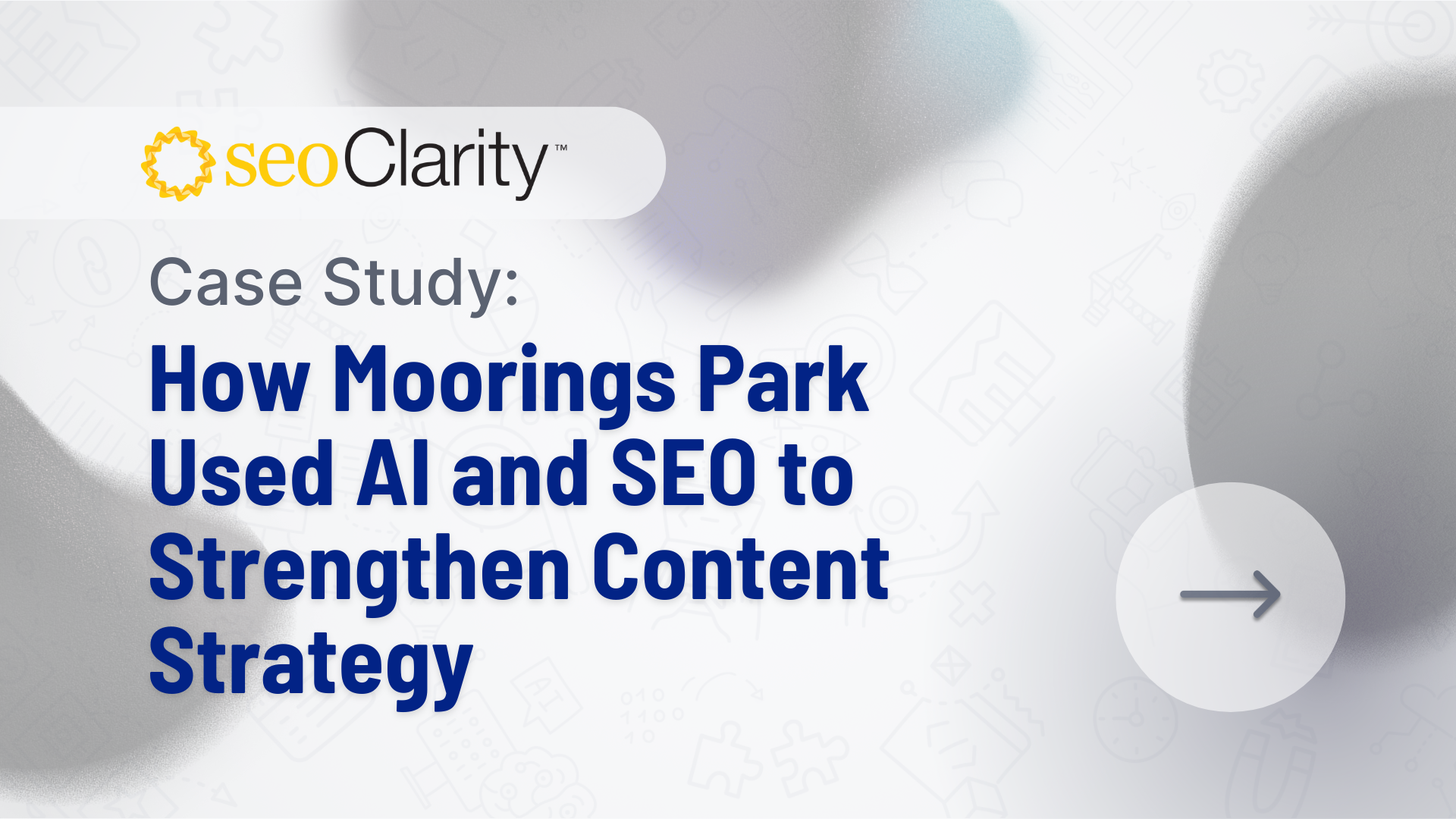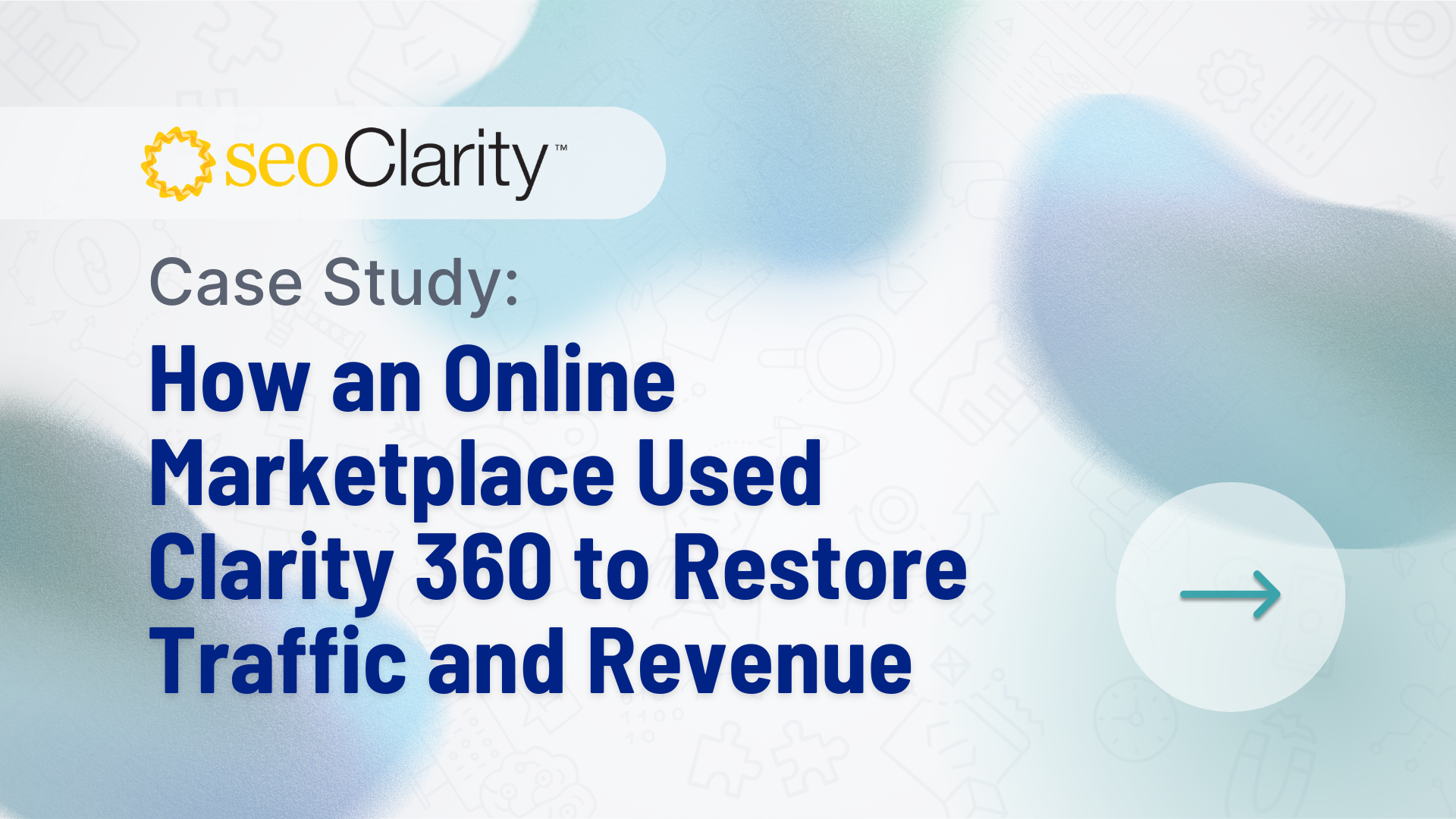OpenAI has officially turned ChatGPT into a storefront. With native checkout powered by Stripe built directly into the chat experience, the walls between discovery and conversion are collapsing.
Consumers can now ask for recommendations, compare products, and complete purchases, all without ever visiting a brand’s website.
For e-commerce leaders, this is more than a feature launch. It signals an acceleration of what we are calling “distributed commerce” – the ongoing shift of traffic and conversions away from brand websites and into marketplaces and traffic sources themselves.
It raises urgent questions for marketers, C-Suite, and the boardroom:
- How will brands compete for visibility and revenue in this changing landscape?
- What happens to the role of websites when transactions move off-site?
- How should teams prepare to optimize for this new form of distributed commerce?
- Should they even participate in this?
Let’s break it down.
Table of Contents:
The Impact: Collapse of the Conversion Funnel
The traditional e-commerce funnel — search → click → landing page → cart → checkout — is being rendered obsolete. In ChatGPT’s new model, the funnel compresses into a single, fluid interaction – not unlike what was already happening with Amazon Marketplace or Tiktok Shop.
In this model, visibility becomes revenue. If ChatGPT recommends your product, you’re in the checkout flow. If it doesn’t, you’re invisible at the moment of purchase.
The question isn’t whether this change will stick. It’s how quickly it will reshape consumer expectations, and how e-commerce teams should adapt.
Background: A Familiar Battle, A New Arena
Apart from the difference in technology, attempts to control the entire purchase lifecycle have existed for a long time.
- In the catalog days, Skymall, an in-flight magazine, controlled the entire purchase funnel.
- More recently, Amazon became the default place where customers began and ended their shopping journey.
- Google has tested this model with “Buy with Google” since at least 2021.
- TikTok Shop has found traction with deep integrations and aggressive promotions, even if skepticism around ownership and fulfillment still lingers.
ChatGPT’s move feels different, primarily due to its release of ACP (Agentic Commerce Protocol) — an open source protocol OpenAI codeveloped with Stripe that lets any platform or merchant replicate what they are doing. While not without challenges (integration complexity, payments, fulfillment, customer service), it opens the door for broader adoption than walled-garden solutions.
We expect shopping cart platforms such as Shopify, BigCommerce, and Wix to move quickly here, giving merchants a bridge into ChatGPT’s, and potentially other, discovery ecosystems.
Will “Buy It With ChatGPT” Succeed?
Google has tested the ability to complete purchases (both in E-commerce and in travel) directly on Google’s properties without ever visiting the merchant in question. They shut it down in 2021, indicating that this may be a tougher nut to crack than just the release of a protocol or a seamless integration.
The success of this effort is reliant on ChatGPT reaching:
- A critical mass of users actively searching for products through the platform.
- A critical mass of merchants who see a clear ROI from integration — whether through new revenue opportunities or the perceived benefits of ceding some control over the user experience.
- A critical mass of products available that align with what users actually want to buy.
- Customer comfort with the experience, spanning everything from low-consideration items (like HDMI cables) to high-ticket, higher-consideration purchases (like storage sheds or smartphones).
ChatGPT is most definitely the underdog when it comes to search and shopping, and success with this is likely not going to be a straight path for them.
The C-Suite Conundrum
This shift forces a fundamental rethink of the role of the website in the near future.
For years, brands have invested in experiences — carefully crafted site taxonomies, personalized merchandising, promotional flows, and opportunities for non-purchase conversions (i.e. email capture, loyalty programs, etc.)
If the transaction moves off-site, what is the website’s purpose?
The decision to participate in this or not is a key question that will be debated in the C-suite. Here are some factors that may play into the decision:
- For luxury brands, control of brand experience may remain paramount. Like Gucci avoiding listing directly on marketplaces.
- For commodities where everyone sells the same thing, price, shipping, and reputation become the deciding factors (something already happening on Google Shopping).
- For micro-brands and mid-market players (like those on Shopify), this is potentially a massive opportunity. ChatGPT could finally give them distribution at scale, bypassing the organic SEO battleground dominated by retail giants.
- Cost of building out the integration, if the merchant is not already on a platform that supports this integration, may be the biggest roadblock. Especially given that:
- ChatGPT makes up less than 0.5% of the traffic to E-commerce sites and
- Based on ChatGPT’s own study (“How people use ChatGPT,”) less than 12.1% of searches are product-related.
Companies that missed the wagon with traditional search may be willing to invest early to make sure they don’t miss this wave.
Key Tactics to Optimize for ChatGPT's Product Feed
To prepare for ChatGPT’s checkout era, e-commerce teams need to act now.
Here are some tactics we suggest implementing.
1. Get visibility into AI Search Shopping Results – Now
For brands, this shift changes the core currency of e-commerce success: visibility at the point of purchase.
In ChatGPT, being cited as the recommended source means your product is not just discovered, it’s bought. If your products aren’t present in these AI-driven listings, you’re effectively invisible at the moment of conversion.
Clarity ArcAI’s Shopping feature is designed to give you visibility into which prompts trigger shopping results, which products, brands, and merchants are featured, and exactly where your brand appears — along with the gaps where it doesn’t.
These insight becomes the foundation of any approach to win more customers.
2. Audit and Perfect Your Product Data
Product data quality is now mission-critical:
- Titles, descriptions, and attributes must be consistent across product detail pages, feeds, and schema.
- Rich media (images, video, 3D renders) must be optimized for AI-driven retrieval.
- Structured data should be flawless to ensure inclusion in ChatGPT’s answers.
Any mismatch reduces your chances of surfacing, and in this new world, that means missed revenue.
The seoClarity platform combines trillions of data points to help uncover exactly what your products are missing and provides guidance on enriching the data across millions of products at scale.
Conclusion:
History teaches us that this kind of disruption isn’t new — from catalog shopping to Skymall to Amazon.
Each time, distribution shifted, and brands had to decide whether to resist or participate.
ChatGPT checkout is the next wave of distributed commerce. The brands that thrive will be the ones that adapt their data, unify their teams, and embrace new forms of visibility as the new path to revenue.







Comments
Currently, there are no comments. Be the first to post one!